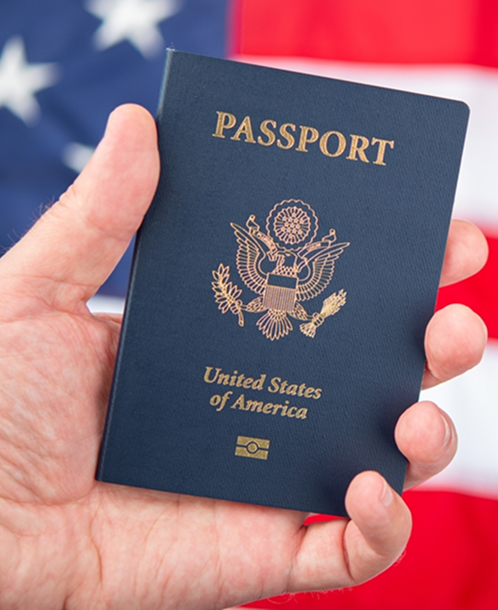-
Clients We Help
-
Who We Serve
- Global Entrepreneurs & Business Leaders
- Family Investors & Legacy Planners
- Digital Nomads & Global Professionals
- High-Risk & Uncertain Environments
- Tax Optimisers & Wealth Preservers
-
How We Help
- Personalised Advisory
- Expert Guidance
- Comprehensive Support
- Global Network
-
-
Citizenship
-
Caribbean
-
Europe
-
Middle East & Africa
-
Oceania
-
-
Residency
-
Asia
-
North America
-
Africa
-
Services
-
Tax Advisory
Trusted partners specialising in cross-border taxation and asset protection.
-
Sovereignty Without Borders
We believe in the transformative power of second citizenship, strategic residency, and effective global mobility.
-
Ongoing Support & Compliance
Our commitment does not end when you receive your new passport or residency permit.
-
Multi-Jurisdictional Planning
For those managing multiple residencies or contemplating a change in their domicile for business expansion, lifestyle, or retirement.
-












